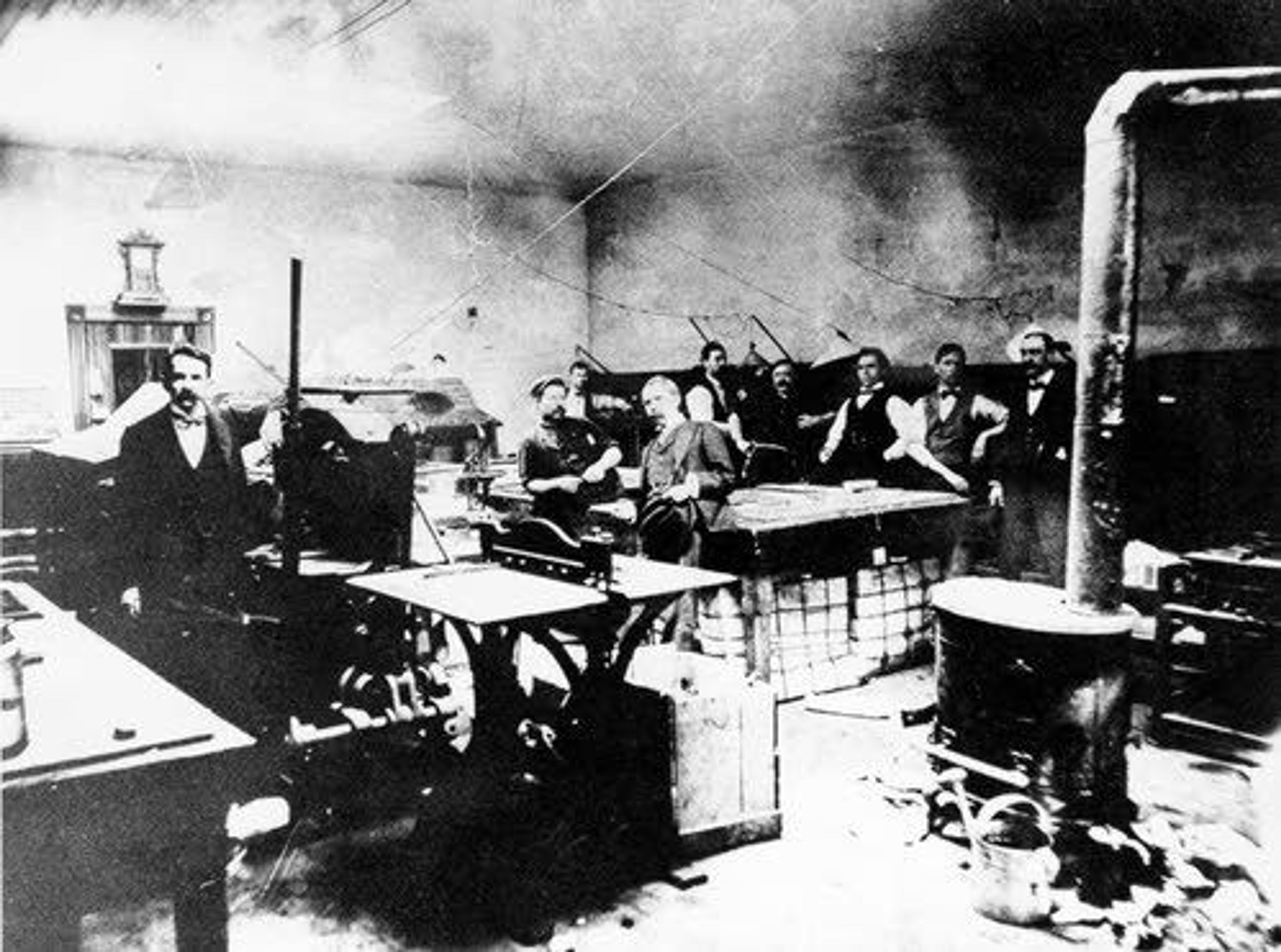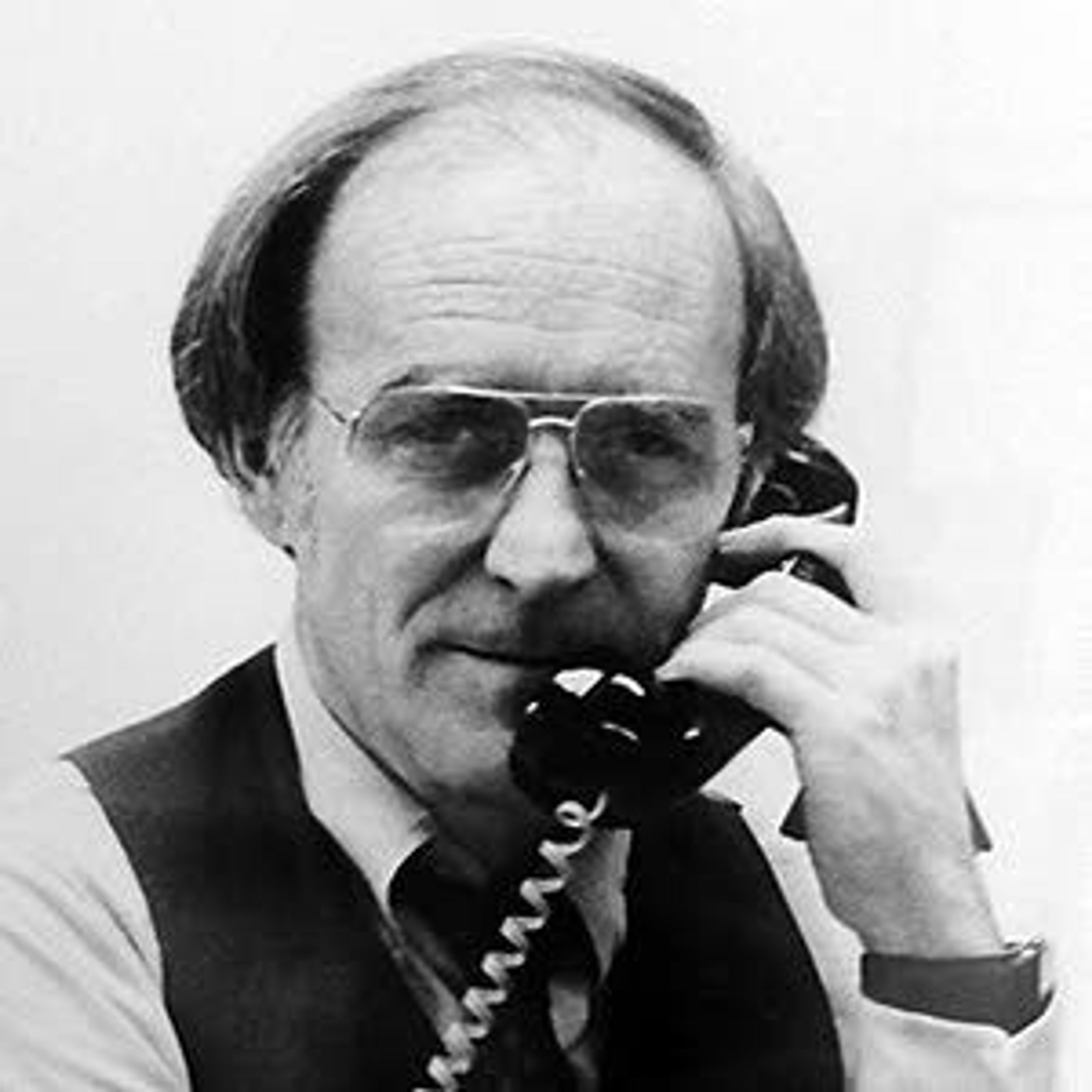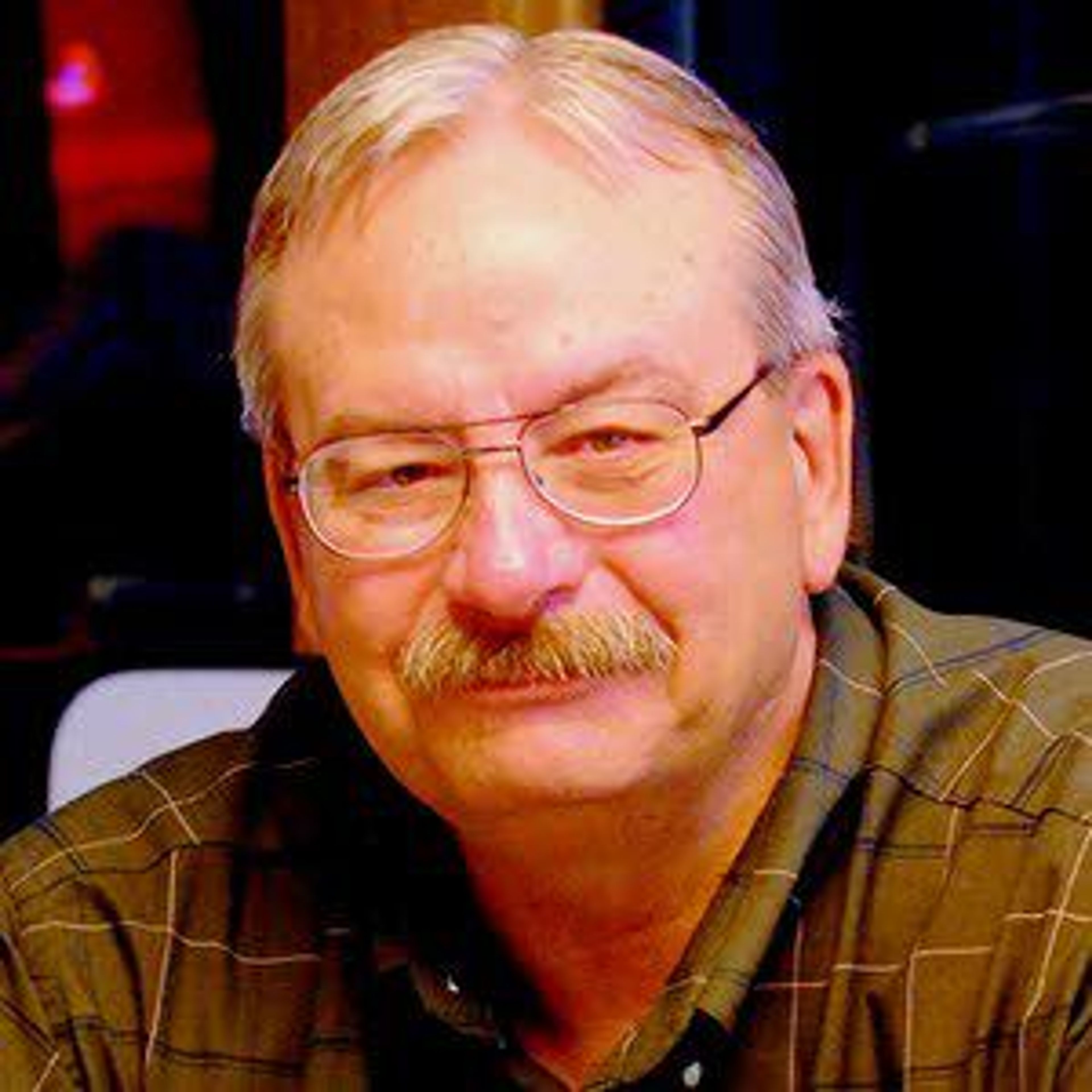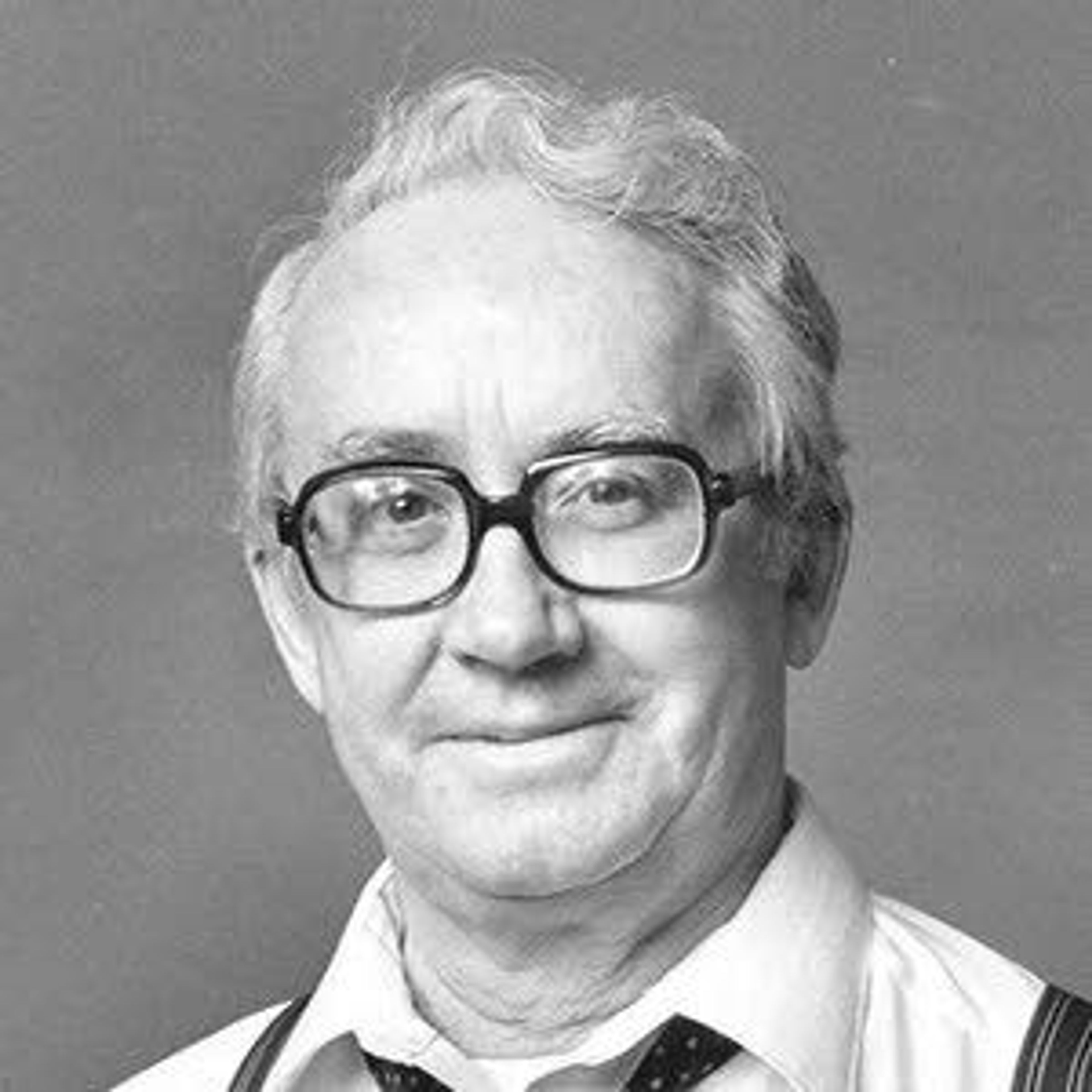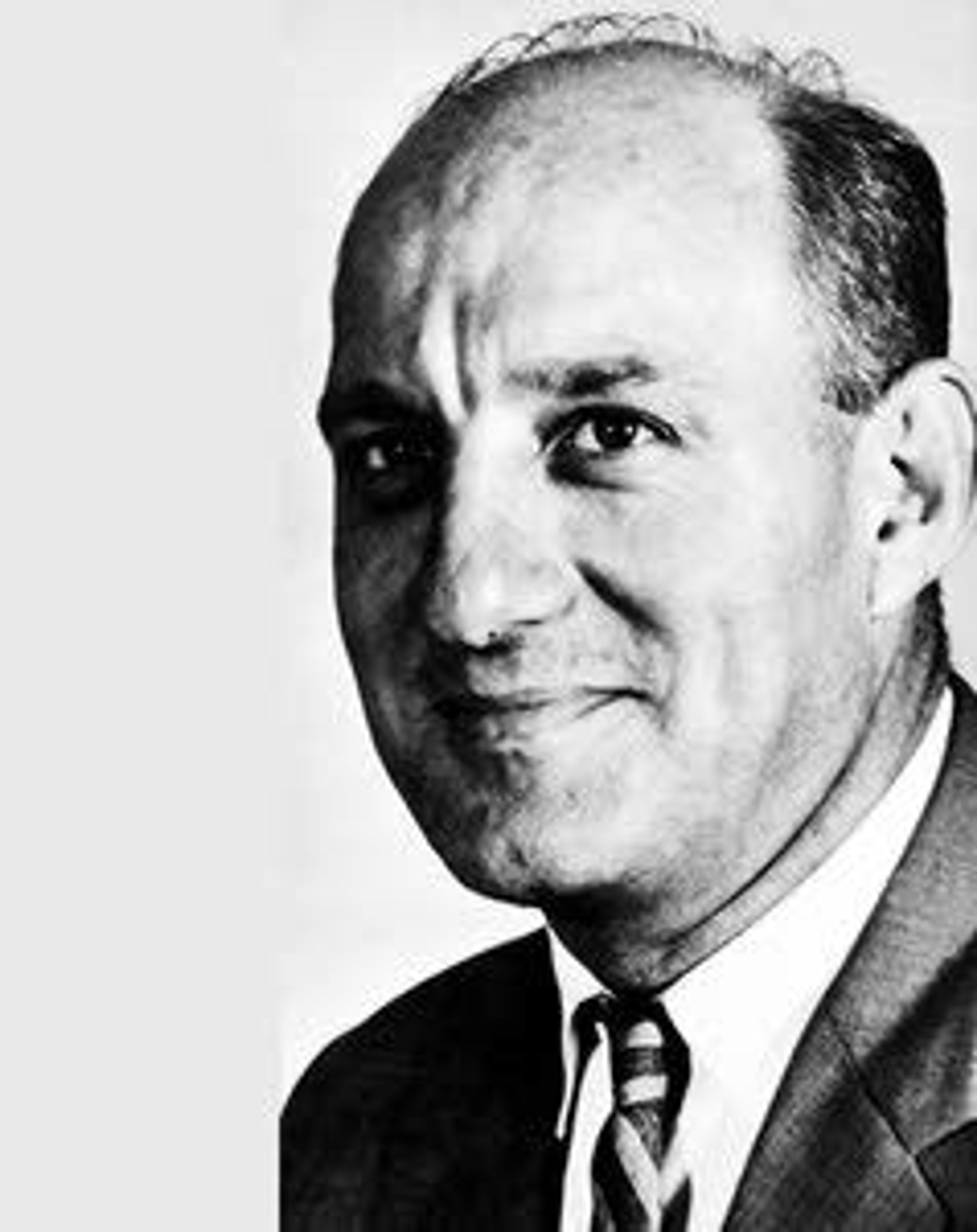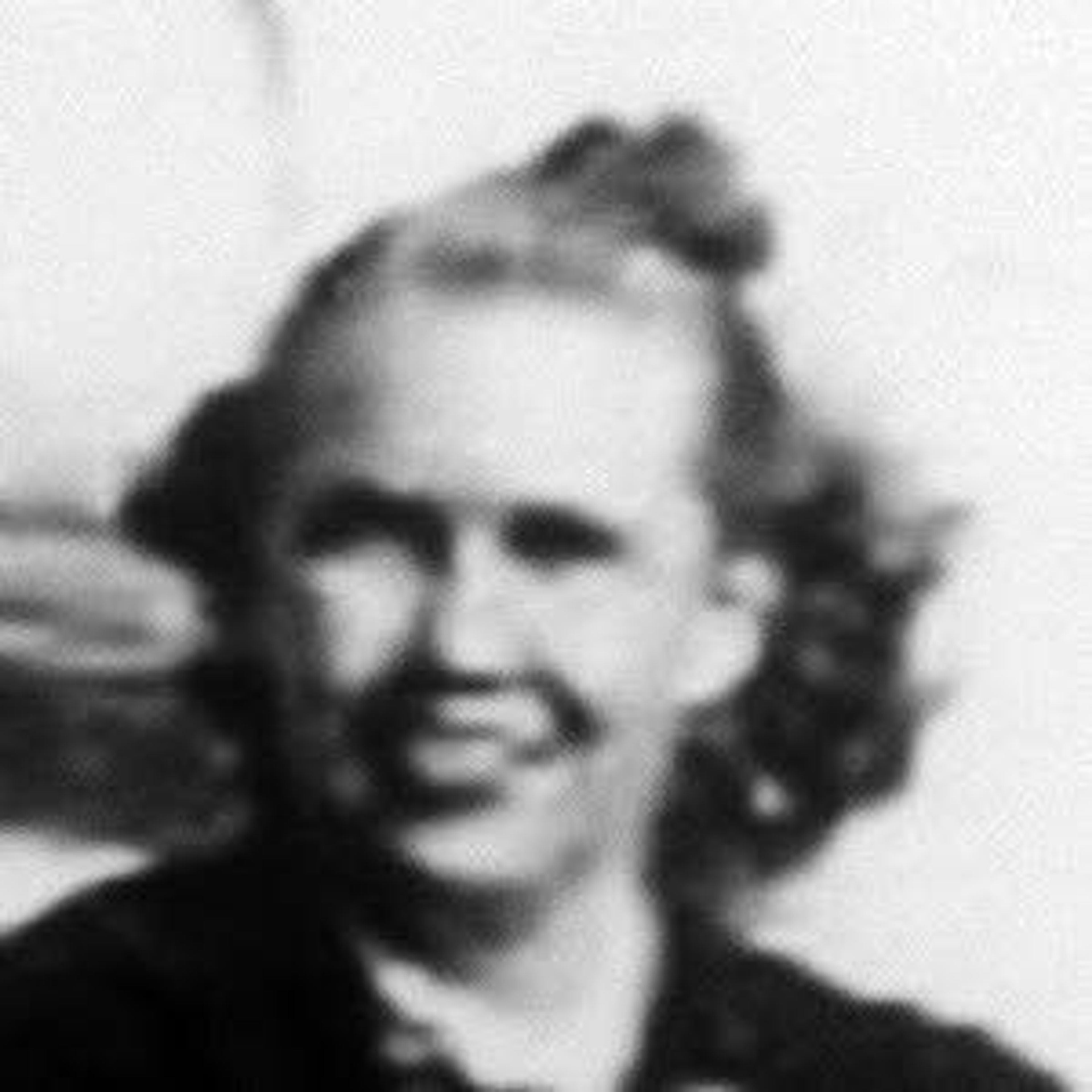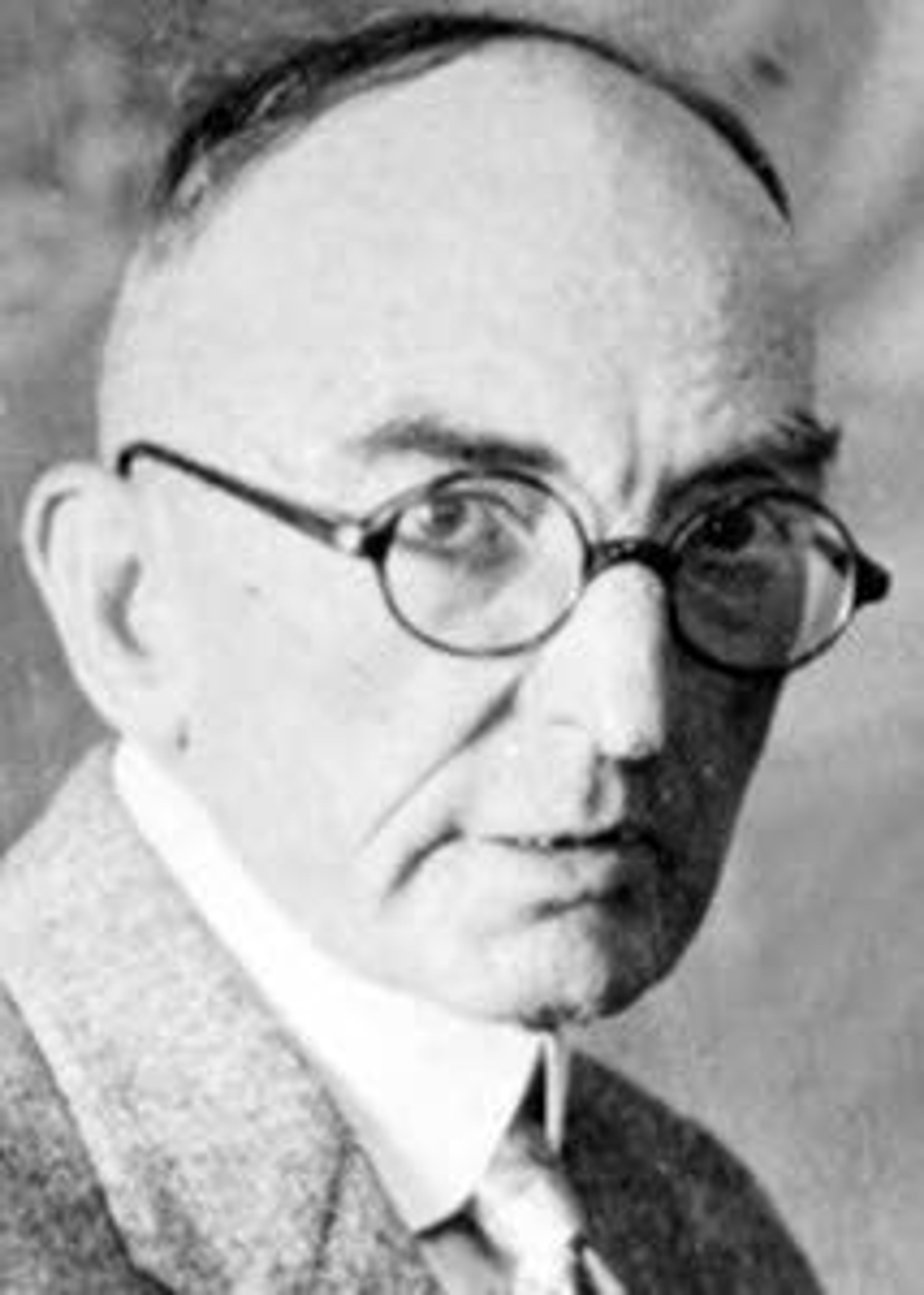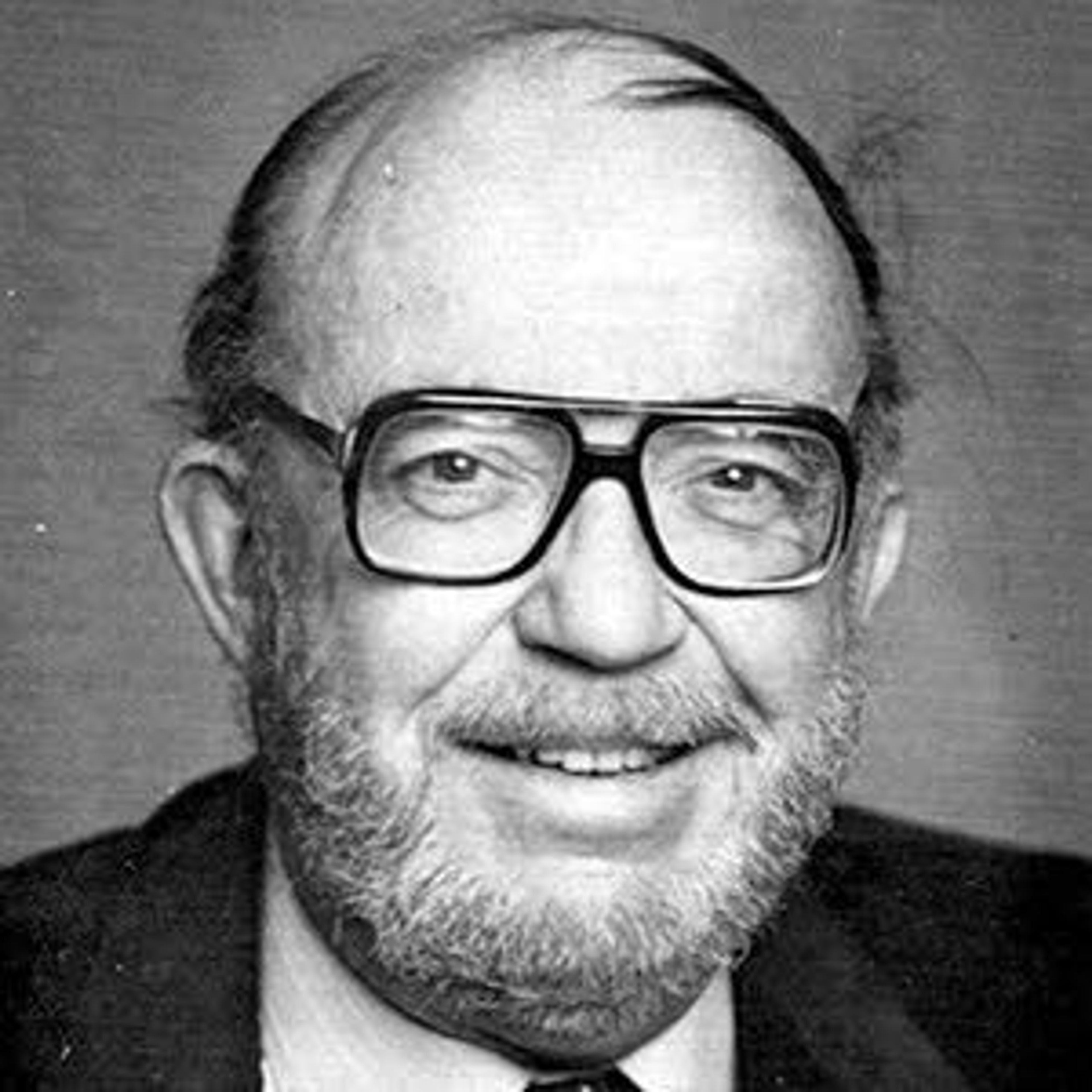It doesn't take a lot of imagination to imagine the two boys from Texas arriving in Lewiston in the hot late summer of 1892.
They were Eugene L. Alford and Albert H. Alford, only in their 20s, who departed the steamship at the Lewiston boat dock, stepping ashore at today's Kiwanis Park area along the Snake River. They'd traveled from Portland, up the Columbia River to the Snake River, seeing sights foreign to them from growing up in Alfords Bluff, Texas, a family farm near Galveston, and seeing country much different from their college years at Washington & Lee University in Lexington, Va.
Eugene had just graduated from Washington & Lee. Albert, the older brother, had waited, spending a few years on the reporting staff at the St. Louis Post-Dispatch. They independently traveled west and met in Portland, investing their savings at Palmer & Reyes, a turn-key newspaper supply store in Portland. The Alfords chose Lewiston to start a weekly newspaper, rather than Astoria, Ore., the other recommendation of the Palmer & Reyes owners.
So it was - while their newly purchased used Washington hand press, ink, paper and type were being unloaded - that Albert and Eugene walked down Snake River Avenue, the dust higher than the tops of their shoes. On they walked to the Raymond House at today's Fifth and Main (then Montgomery) streets. They rented a room at the Raymond. They set about meeting the many other bachelors in a town of only 850 residents, introducing themselves to the community and renting a ground floor set of rooms at Grostein Hall, also the town opera house, today the parking lot east of the Lewis-Clark Hotel.
The Tribune was in four other homes until the 1961 move to today's 505 Capital St. The second was in 1893 on the second floor of a small brick building on the south side of Main Street between Second and Third streets, demolished for a new Lewiston-Clarkston YWCA in 1960. No. 3 was in 1895, the second floor of the newly completed Adams Building on the south side of Main Street, between Fourth and Fifth streets, with a main floor occupied until August 1992, by Lewiston Cleaning Works. No. 4 was the second floor of Cash Hardware at Fifth and D streets, later Erb Hardware and since 2013 the new Lewiston City Library. No. 5 marked the first Tribune-owned home, 0213 Fourth St., today a parking lot for Bollinger Plaza, which was doubled in size in 1919 and her home for the next 59 years.
Tribune home No. 6, since 1961, is the current 505 Capital St. location, and in 2007, east of the Tribune, the TPC Production Center, a 32,000-square-foot building that houses the MAN-Roland Uniset 785 press.
Today's Tribune is led by the fourth generation of the family, Nathan H. Alford, editor and publisher since Oct. 1, 2008. He succeeded this Alford, who was first a reporter in January 1961 and editor-publisher from 1968 to 2008, and now semi-retired. The second publisher was A.L. "Bud" Alford, managing editor from 1928 until becoming publisher in 1946. The first publisher, Eugene, served until his death in 1946. Eugene's brother, my namesake Albert, was editor until his death in 1928.
But it wasn't just Alfords who left their mark. It was hundreds of others over 125 years who deserve the credit.
As a sampling, we have picked eight to be in an informal Tribune Hall of Fame. They are past individuals we've picked to have photos and brief biographies on one of the walls in our Trib mini-museum in the basement of the Tribune, home of a collection of artifacts and equipment. It was put together for our Tribune centennial in 1992.
The eight serve as a representation of our "best," but only a representation. Who are the eight? They are, in alphabetical order:
Margaret D. Allen - The first full-time female employee to work for the Tribune, her reporting career spanned from the 1940s through the 1980s. While at the Tribune she also served as the librarian and historian. After her retirement from the paper, she published her book, "Lewiston Country: An Armchair History," in 1990. She drew many of the histories in her book from her files at the Tribune.
Thomas J. Campbell - The Tribune hired TJC away from the Lewiston Teller in 1909. He served the Tribune as a reporter and editor until his death in 1952. One of his successes was in knowing the community. According to Robert H. Holbrook, a summer reporter during Campbell's time and a Lewiston High School teacher, Campbell "could at a glance put a name to every caller that entered the office. More than that, he knew the family connections of almost everybody in the community." Campbell's wife, Lora, was the Tribune's society editor.
Thomas W. Campbell - Born in 1921, Thomas W. "Tommy" Campbell became a Tribune employee in the 1930s as a copy boy. He followed in his father's footsteps and became a reporter in 1946 and became established as an award-winning journalist. In 1965, he was the first recipient of the Idaho Press Club's annual feature writing award. The club also honored Campbell in 1975 as the "Newsman's Newsman." In his later years he became known for applying a third-person perspective in his column, using an alter ego. His columns served as the basis of his book, "The Contemplative Stroller." Although Campbell died in 1984, you can still visit Tommy today in bronze at Tribune Centennial Park across the street.
Paul M. Emerson - Emerson began working at the Tribune in 1972 immediately after graduating from Idaho State University. He started as a sports writer before moving up to sports editor. In 1981, Emerson became managing editor, a position he held until his retirement in 2010. As the longest-serving managing editor of the Tribune, Emerson is remembered in this Alford's words for elevating the newsroom "to a plateau of vitality and strength."
Wilbert D. Hall - Bill Hall was the opinion page editor for the Tribune from 1965 through his retirement in 2002. He took 18 months off to work for Sen. Frank Church's 1976 presidential campaign as chief speech writer and press secretary. Hall's early work was political, but in the early 1980s he moved to writing a humor column, garnering a syndicated audience. He is the author of numerous books, including "Frank Church, D.C." and "Me and Cat Butler." While known for his humor, Hall is also a staunch supporter of gender rights and public education. Former Tribune Executive Editor Jay Shelledy called him the best-known journalist in Idaho's history.
Ladd Hamilton - Hamilton was a reporter, editorial writer, senior editor and managing editor for the Tribune for almost 40 years. He started at the Tribune in 1948 and retired in 1987. The Idaho Press Club awarded him with its first prize for editorial writing in 1971. Following his retirement from the Tribune, he taught journalism at Lewis-Clark State College and published two historical books, "Snowbound" and "This Bloody Deed: The Magruder Incident."
William F. Johnston - Growing up in Orofino, Johnson served as an editorial writer and as the managing editor of the Tribune from 1949 to 1965. He was one of only a few journalists in the nation who critiqued and challenged Sen. Joseph McCarthy in the 1950s. His editorials were known for being controversial and well researched, and other newspapers throughout the nation often reprinted them. In addition to his work at the Tribune, Johnston was influential in the creation of the Nez Perce National Historical Park. After leaving the Tribune in 1965, Johnston became the publisher of student publications at the University of Washington and an associate professor of journalism. He died in 1990.
Alice Alford Matlock - Born in 1918, Matlock grew up around the newspaper business as a member of the Alford family. Her father, Eugene, was one of the co-founders, and her brother, Bud, was the managing editor and then publisher until his death in 1968. As in other work places, World War II provided job opportunities for women at the Tribune. Although she had worked at the paper during summers when she attended the University of Idaho, she became a full-time reporter during the war. She started in the newsroom and moved up to editorial staff. She died in 1977 and at the time of her death she was the vice president of Tribune Publishing Co.
---
The Tribune's 125th observance is relatively quiet, at least compared to the centennial. The Tribune unveiled a redesign in October of 1992 and featured more full-color photographs, having debuted its new Howtek color system. (That's been superseded by the new press in 2007, with full color capability on each of its 64-page maximum count.) In July of that year, 12 weeks of Tuesday editions featured columns by former Tribune employees, recalling their years at the Tribune. The Tribune mini-museum was opened. On Saturday, Sept. 26, 1992, the Tribune Centennial Park was dedicated, with a centerpiece Thomas W. Campbell bronze unveiled, a sculpture by Sharon Taylor Hall. A Saturday employee picnic topped it off, as we will on Saturday at Pioneer Park.
Today, it's worth repeating what this publisher wrote at centennial time:
"It is you, citizens and subscribers in the eight-county area we serve, who are the real owners of this tribune called the Lewiston Morning Tribune. On behalf of the two Alford brothers, who with foresight chose here over Texas in 1892, thank you for the first 100 years."
Make that 125.
---
Alford is president of Tribune Publishing, the parent company of the Lewiston Tribune. He may be contacted at alajr@lmtribune.com or at (208) 848-2250.
